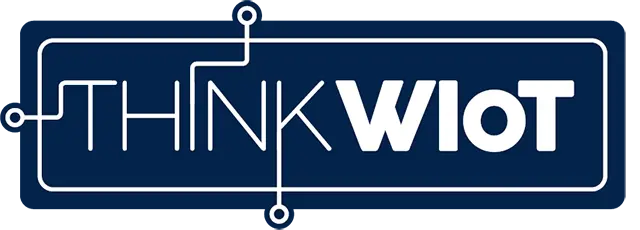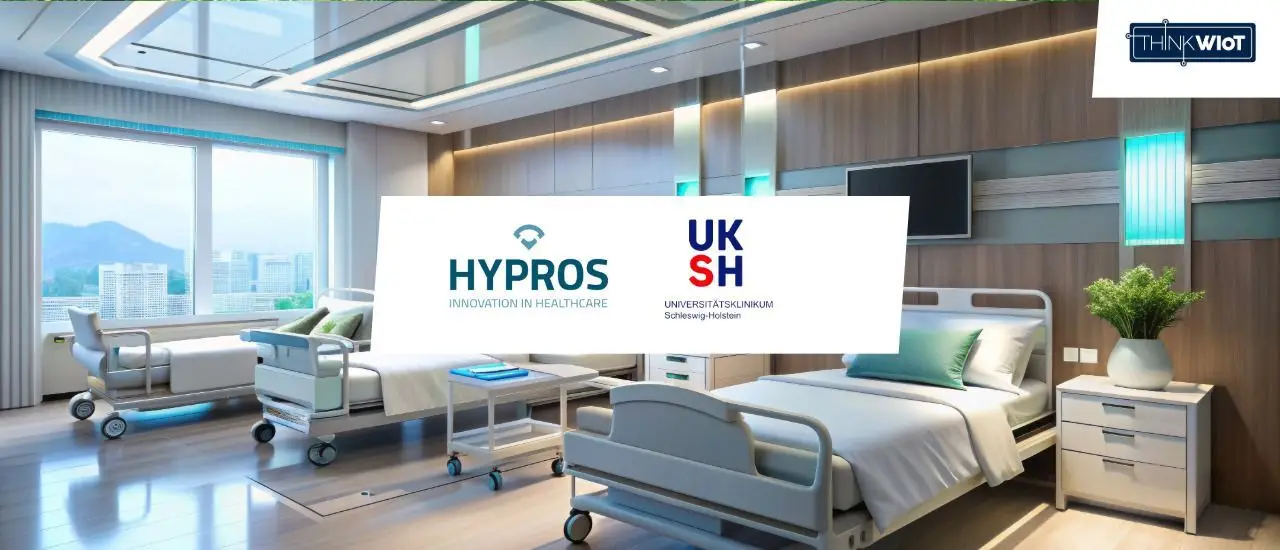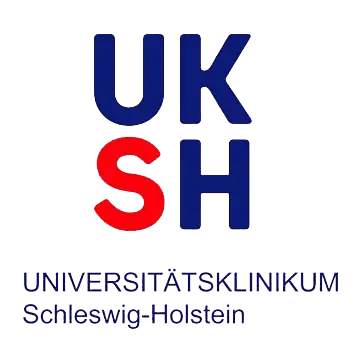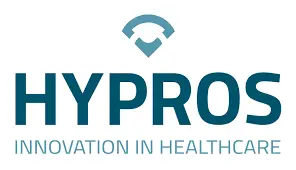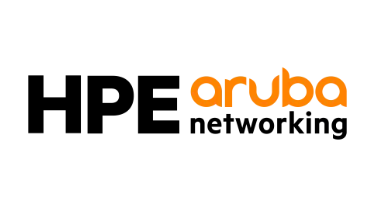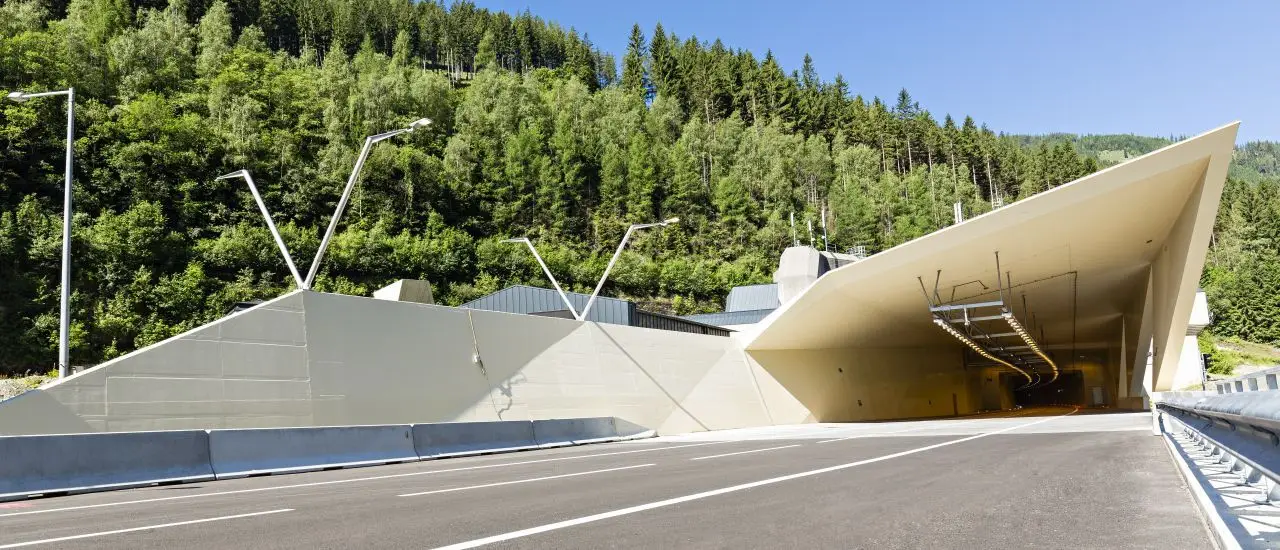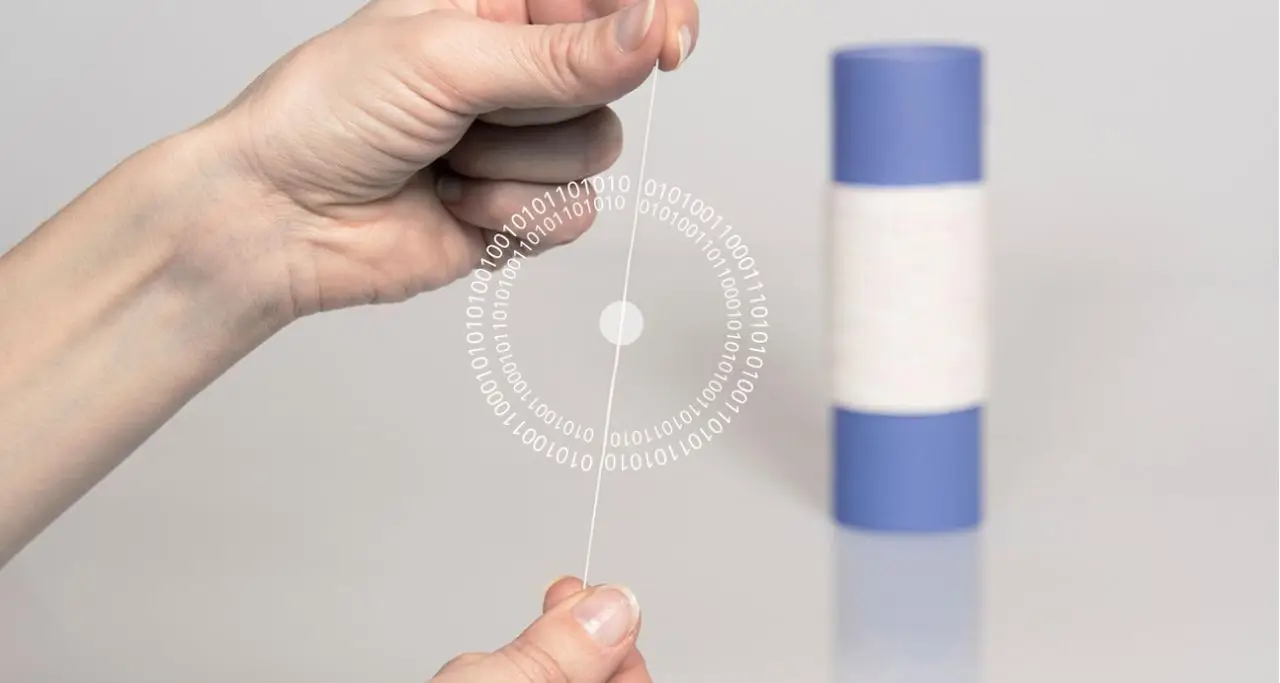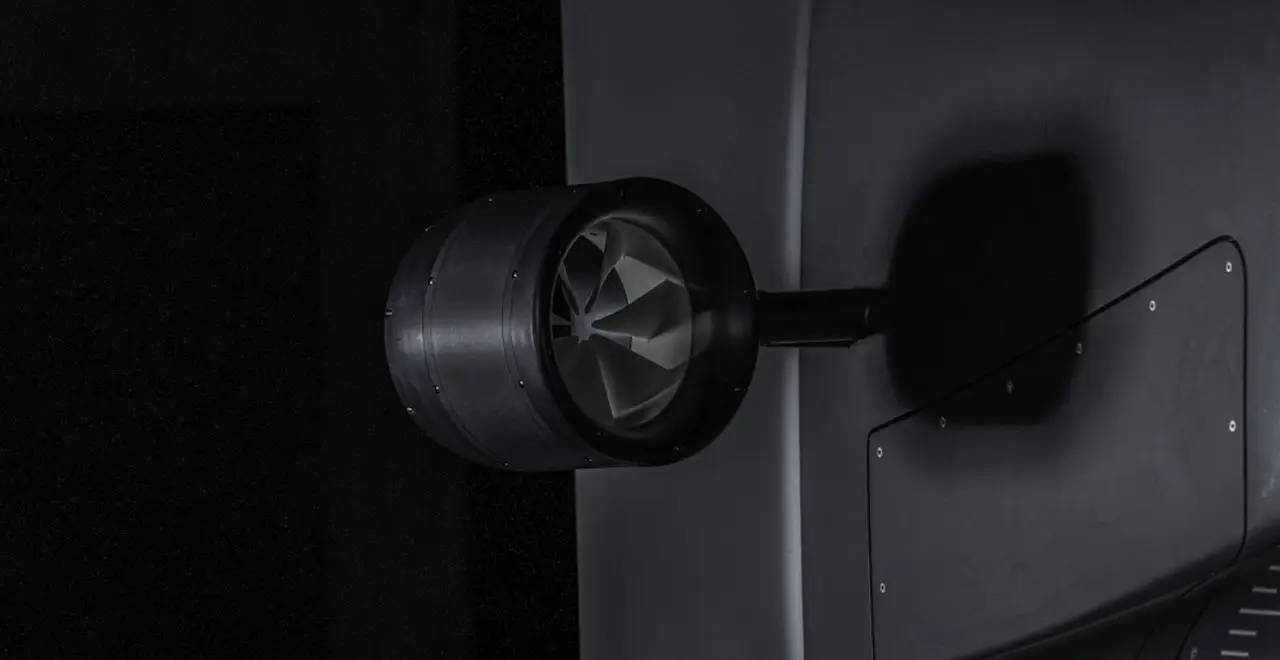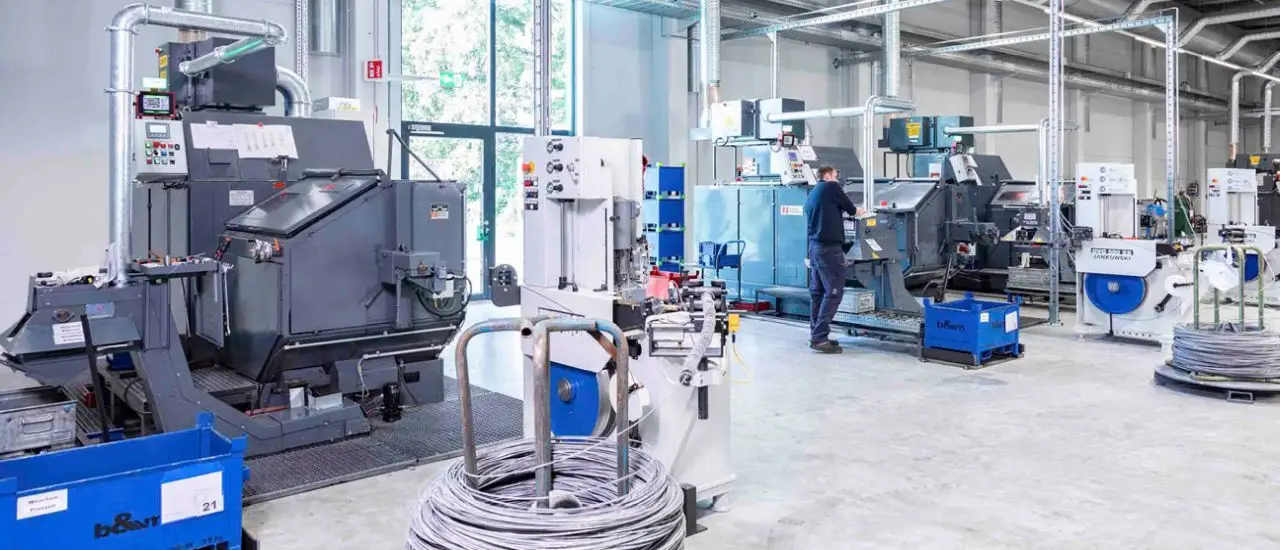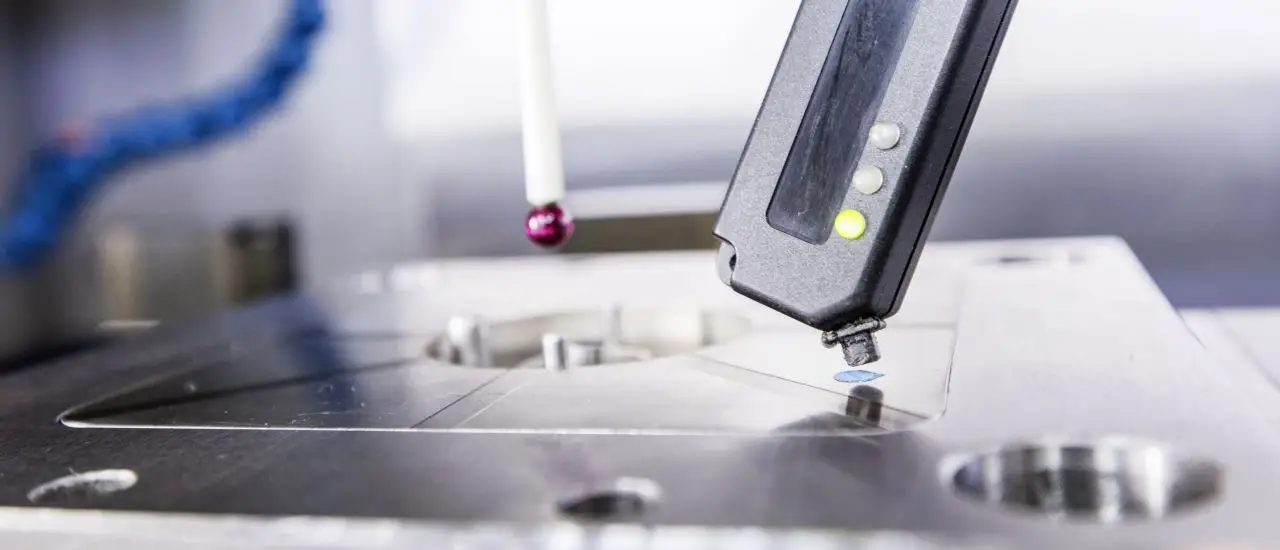- BLE beacons digitized bed cleaning requests and reduced staff time spent searching for equipment.
- Combining BLE with LoRaWAN and GPS enables indoor and outdoor tracking of wheelchairs and mobile assets.
- More than 1,500 temperature sensors provide continuous, tamper-proof cold-chain monitoring with automated alerts and audit trails.
- HPE Aruba access points provide campus-wide Wi-Fi and BLE reception, forming a scalable foundation for future IoT applications.
University Hospital Schleswig-Holstein (UKSH) is partnering with Hypros and HPE Aruba Networking to implement a modern IoT infrastructure aimed at increasing the efficiency of core hospital workflows. The technological foundation includes Bluetooth Low Energy (BLE), comprehensive Wi-Fi coverage, and cloud-based software solutions.
Practical use cases such as BLE-based bed management, automated temperature monitoring, tracking of pharmacy boxes and mobile medical devices, as well as the localization of patients using telemetry devices, help ease everyday clinical operations and enhance patient care.
BLE in Bed Management Saves Time and Relieves Clinical Staff
In everyday clinical operations, every minute counts. At UKSH, staff spent an average of 72 minutes per shift searching for equipment. Bed management was also time-consuming, relying heavily on manual communication. To increase efficiency, a digital system based on BLE beacons was introduced at the Kiel and Lübeck campuses.
Approximately 800 beds per location – more than 1,600 in total – are equipped with beacons from manufacturer Hypros. With a simple button press on the beacon, nursing staff can request bed cleaning. The request is transmitted in real time to the mobile devices of the responsible cleaning teams. Each task is clearly assigned to a specific bed and ward. Data access is managed on a ward-specific basis.
The UKSH building layout follows an H-shape: central reprocessing units are located along the main axis, while patient wards are located on the side wings. Cleaning requests are initiated on the wards and processed by the relevant unit on the corresponding floor. Once cleaning is completed, the bed is returned. All steps are documented in real time.
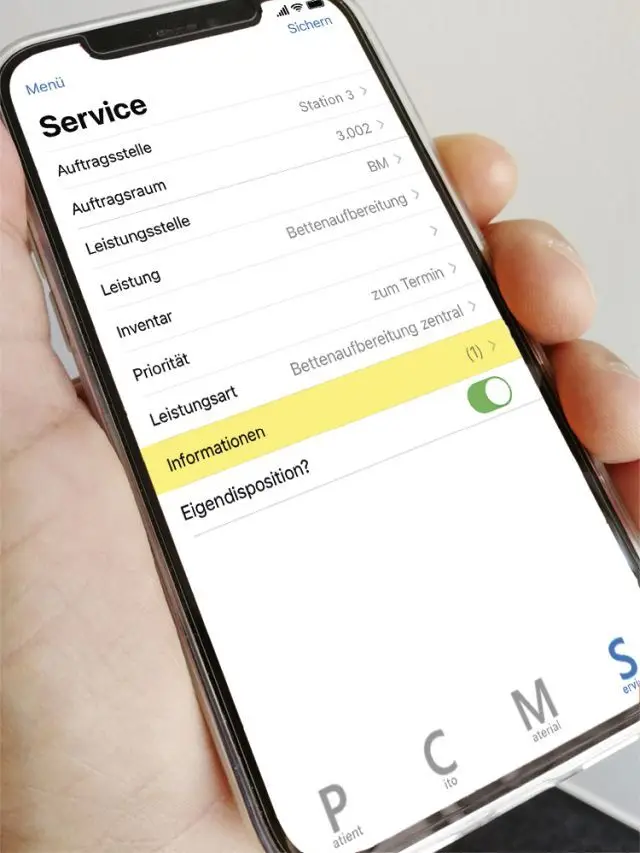
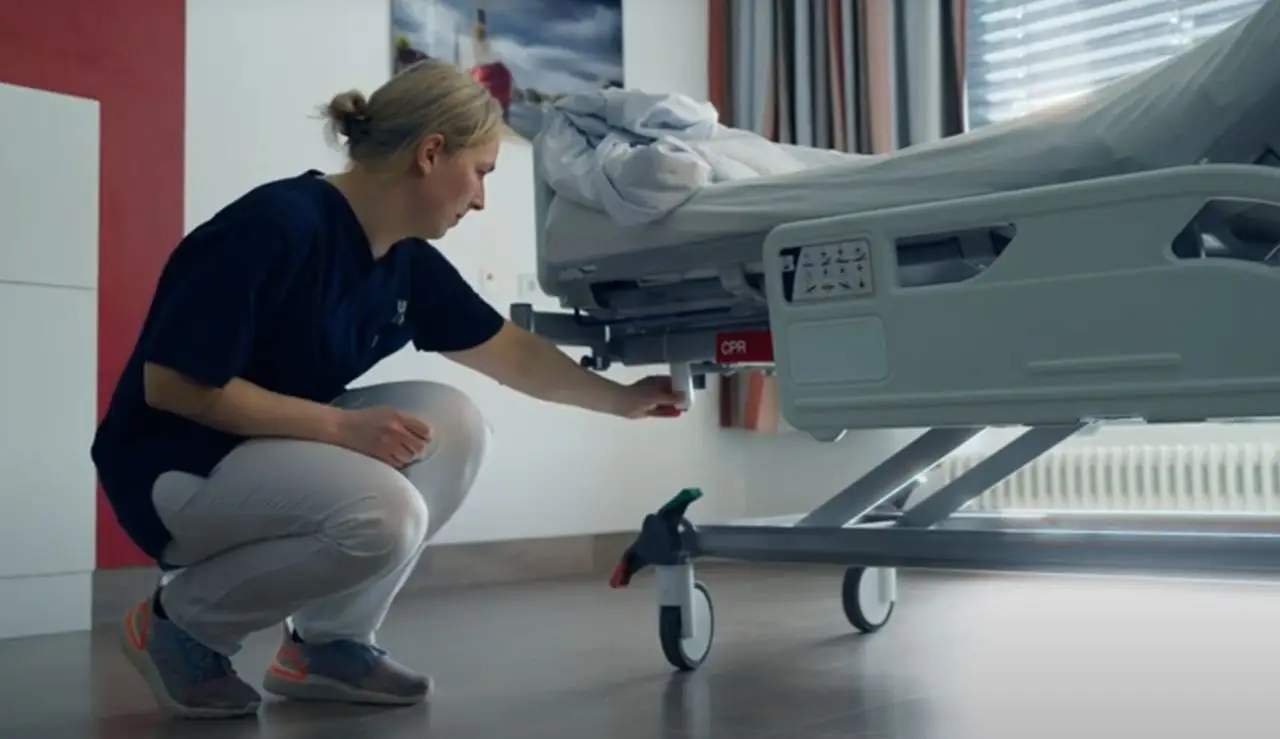
In a hospital, patients must always come first. To ensure that, efficient processes are essential. At UKSH, it was clear to us: we need digital solutions to optimize hospital operations and support our nursing staff.
Rudolf Dück - CIO, University Medical Center Schleswig-Holstein
Accurate Tracking of Wheelchairs and Equipment – Also with LoRaWAN
The positive experience with BLE-based bed management paved the way for a gradual expansion of the system. As a next step, the first wheelchairs were equipped with BLE beacons to enable efficient tracking of these mobile assets as well.
Since wheelchairs are used both inside and outside the hospital, UKSH also tested LoRaWAN in combination with GPS. The goal was to enable tracking over longer distances. The tests confirmed the technical feasibility – with the decisive factor being the selection of suitable beacon models capable of both indoor and outdoor positioning.
Enhancing Patient Safety with Telemetry Device Tracking
Based on BLE beacons, the solution is being extended to additional clinical use cases – including the localization of telemetry devices worn by more mobile patients. These devices continuously monitor vital signs and automatically trigger an alert in the event of critical readings.
To enable a rapid response in emergencies, an interface was developed that transmits the current location of the affected patient when an alarm is triggered – without processing the vital data itself. This allows medical staff to act in a targeted manner, for example in cases of acute weakness or impending loss of consciousness.
This use case is currently in a pilot phase. A full rollout has been postponed due to ongoing construction work at the site. However, initial findings highlight the solution’s potential – also for other facilities such as nursing homes.
Medication Safety Through Beacon Tracking of Pharmacy Boxes
Another implemented use case is the tracking of pharmacy boxes used to transport medications worth several thousand euros. To prevent losses, the boxes were equipped with tracking beacons. These continuously record location and transport duration, transmitting the data to the Hypros software.
This improves traceability, minimizes the risk of loss, and enhances medication safety.
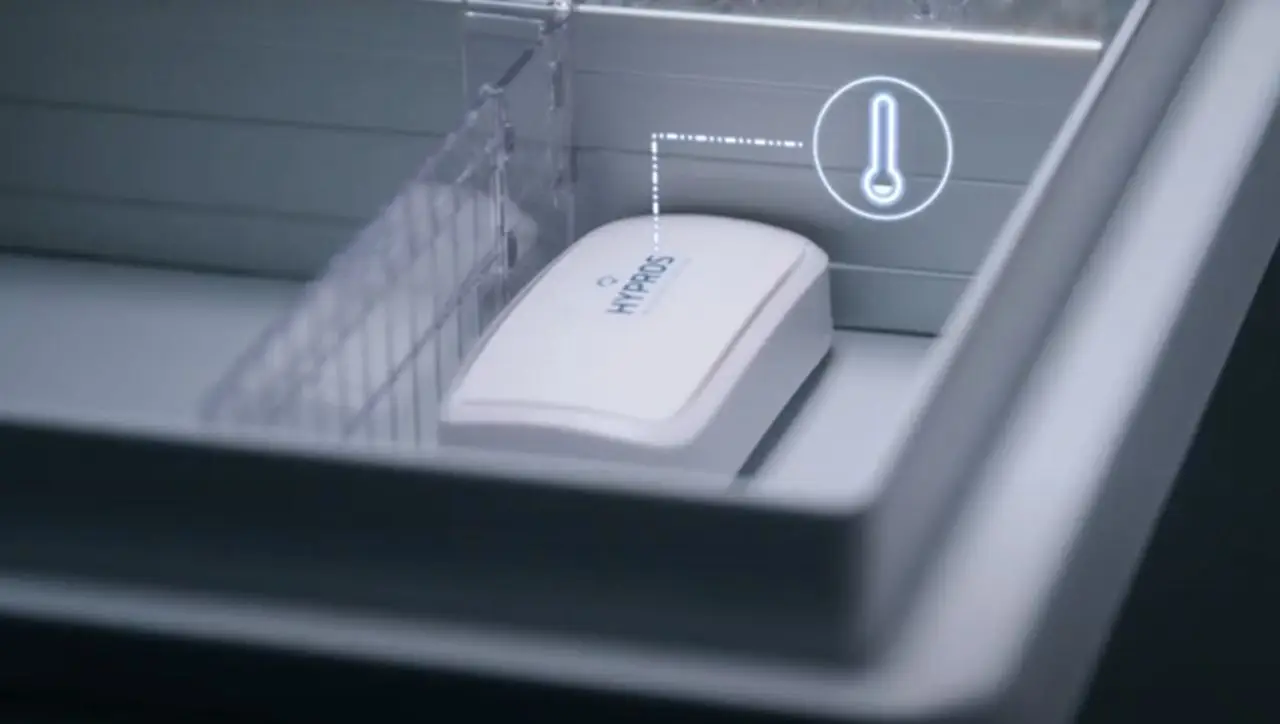
End-to-End Temperature Monitoring for Cold Chain Compliance
More than 1,500 temperature sensors continuously monitor the medication refrigerators at both UKSH locations. If defined thresholds are exceeded, an automatic alert with location information is triggered—allowing responsible staff to respond immediately.
Previously, temperature checks were performed manually and sporadically by nursing staff. Today, temperatures are recorded 24/7—seamlessly and in a tamper-proof manner. In the event of irregularities, the entire temperature history can be displayed as a curve. Actions such as closing a door or relocating medication must be commented on and saved—essential for audits by external inspectors.
In addition to securing the cold chain, the system plays a vital role in patient safety. Improper storage no longer goes unnoticed, and the risk of administering ineffective medication is significantly reduced.
Full-Site Integration of Wi-Fi and Bluetooth Low Energy
For IoT applications to run smoothly, a powerful network infrastructure is essential. At UKSH, access points from HPE Aruba Networking provide comprehensive Wi-Fi coverage while simultaneously receiving Bluetooth signals from the beacons.
Position data and system statuses are visualized in real time within the software. The infrastructure is scalable and forms the foundation for future digital applications in wireless connectivity.
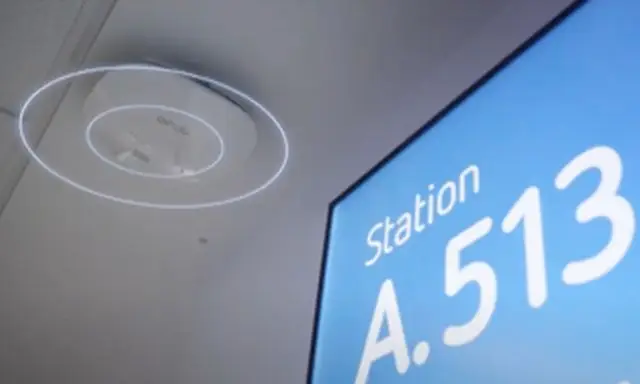
Together with Hypros and HPE Aruba Networking, we have made UKSH digitally future-ready and significantly relieved our staff. Ultimately, it’s our patients who benefit most – and that’s what truly matters to us.
Rudolf Dück - CIO, University Medical Center Schleswig-Holstein
Maintenance and Calibration for Reliable Hospital Operations
Both the BLE beacons and the temperature sensors follow a defined maintenance and calibration cycle. Once a year, they are recalibrated and certified by an independent testing laboratory. This ensures reliable functionality in daily clinical operations – a key factor for quality and dependability.
